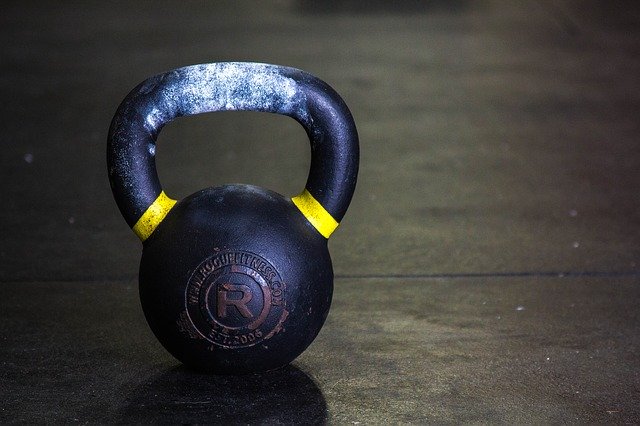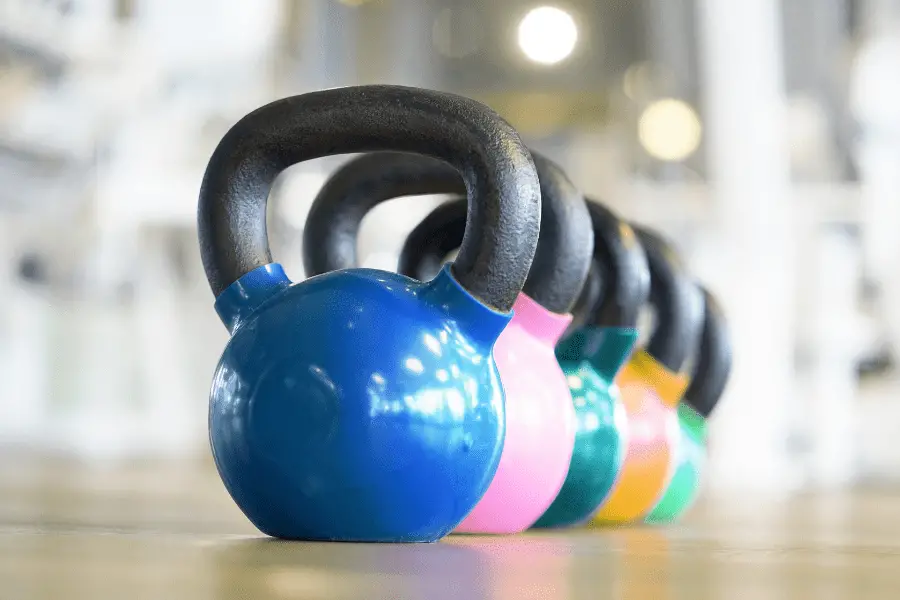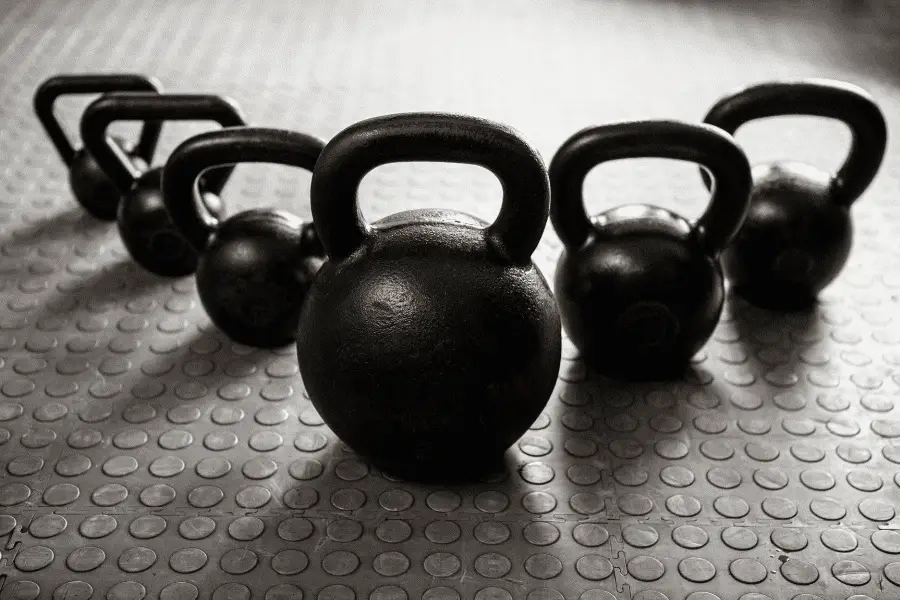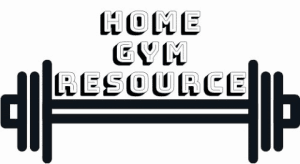When shopping for a kettlebell you’ll discover that there are two distinct types. Bare cast iron and vinyl-coated ones. Are there any functional differences and which one is best for you? Let’s find out.
for use in a space where there is no rubber or foam flooring, a vinyl-coated kettlebell is your best choice. In a home gym where there is already gym flooring, a cast iron kettlebell is better. There are small differences in comfort but this depends on use. Effectiveness and price are very similar.
When do you need a vinyl-coated kettlebell and when do you need a cast iron one? Find the specifics below. Or you can click here to find the best kettlebells for home gyms.
Contents
Types Of Kettlebell Coating
The shape of all kettlebells is roughly the same. A cannonball shape with a flat bottom and a handle sticking out the top that you can grab with two hands. It’s a pretty simple piece of equipment and there aren’t many differences in the overall shapes between models.

There can be slight differences in the design of the handle. Some are a little more comfortable to hold than others but that does not correlate with the two types we’re talking about today.
Two types of kettlebells look slightly different;
- Bare cast iron (sometimes with enamel or other finish)
- Vinyl-coated (or sometimes another material)
So when we’re talking about cast iron kettlebells, we’re talking about the outside of the kettlebell. On the inside, they’re all pretty much the same. Almost all kettlebells have a cast iron core. It’s on the outside what we’re talking about.
The description ‘bare cast iron’ is not quite correct. The outside of these kettlebells doesn’t usually consist of exposed iron. Exposed iron starts rusting pretty quickly. You might not leave them outside in the rain but even a damp garage might be enough to start corroding exposed metal. And if you’re actually working out with kettlebells (as you should), some sweat will get on them. Sweat is especially corrosive.
That’s why even bare cast iron kettlebells aren’t really ‘bare’. There will be some coating or finish on the outside to protect it.
Often this is enamel or they are powder coated. Both of those finishes are very good at protecting against corrosion. However, they are still hard. That’s where the big difference lies. A better way to describe the difference would be;
But that’s not how they’re sold and you wouldn’t find this post if I described it that way.
Those two types are what this post is about. Is it necessary to have that soft coating or are you better off without it? Let’s take a look at the pros and cons of both types and then analyze what’s best for you.
Coating isn’t the only thing to look at when buying kettlebells, there are a ton of other factors. Click here to go to our kettlebell buying guide.
Handle coating
It’s worth touching on the coating of the handle separately.
The handle (part you grab with your hands) of almost any kettlebell is usually going to be bare iron, especially for the higher weights. Of course, there are always exceptions but commonly the handle is going to be bare iron anyway.

So when talking about the two types of kettlebells, that doesn’t necessarily mean the handle but just the body.
Usually, the soft coating of a kettlebell will cover a small part of the handle but doesn’t go all the way up. As said before, there are a few kettlebells that have coating all the way around the handle but I personally prefer the type with the metal exposed at the handle.
Because there is a lot of twisting force going on at the handle when you use the kettlebells, that’s often where the coating will fail. And once it starts tearing, it’s hard to prevent it from tearing futher. There is also often a seam in the coating in the middle of the handle. This is a weak point that can often tear open.
For light kettlebells (under 10 kg), it’s okay to have the handles coated in a soft material since the forces are a little less.
Cast Iron Kettlebells
First up, cast iron kettlebells. As described above, they aren’t really ‘bare’ cast iron but usually have a hard coating or finish like enamel or powder coating.
The cheaper versions often have enamel, powder-coating ones cost a bit more but the difference isn’t too big.
What are the pros and cons of a hard finish on a kettlebell?

Vinyl (or otherwise) covered kettlebells
Next up is the soft-coated kettlebell. Usually, the covering is a type of vinyl but can be made of other materials as well.
What are the pros and cons of a soft finish on a kettlebell?
What’s the same?
Above you can see the pros and cons of both types of kettlebells. But what are the similarities between the two? There are a few and they are actually pretty important.
Cost: There isn’t much difference in price between the two types. It’s more about the overall quality (and some branding as well). Both types of kettlebells can be bought for $1.80 to $2 per pound with lighter ones being a bit more expensive per pound.
Effectiveness of exercises/workouts: As long as both kettlebells have the same weight and you do the same workout with them, they will have the same effect. The outside of the kettlebell doesn’t have any impact on how much muscle you build or how many calories you burn.
Durability: Both types will last about the same amount of time (which is a very long time). Yes, the soft coating might tear and get nasty over time. But when it gets too bad you just take it off and guess what you’re left with? Yup, a cast iron kettlebell. It’ll still be perfectly usable. (It might be slightly lighter though.)
Looks (personal): Some people like the look of a hard finish, others prefer vinyl. Looks are personal. I’m personally a fan of a matte powder-coated finish. A matte powder coat is nice because It feels nice to touch and looks good.
As you can see, the most important things about kettlebells are still the same between the two types. If you take one kettlebell of each type and use them in the same way, they’re going to be just as effective in your workout. So in that regard, the difference isn’t going to be very big.

What’s the best type of kettlebell for you?
So what’s best for you? That depends on how important the pros and cons listed above are.
For most people who buy kettlebells to use at home, it will come down to one important thing; do you want to put down something that protects the floor every time you use the kettlebells? This can be a yoga mat, floor mat, etc. Anything you can put it down on safely will do the trick. Even a piece of cardboard will work in a pinch. However, it’s easier to get a kettlebell with a soft coating.
The soft coating will basically take over the work of the rubber mat which makes it much easier, quieter, and more comfortable to do a quick workout in any spot you like.
Of course, if you’ve got a fully equipped home gym with gym flooring, this is not a concern, it’s there already. The flooring will do most of the work the soft coating would otherwise.
If you want less noise and want to protect your floor and kettlebell, a vinyl-coated one is a good choice. If you already have gym flooring where you work out, a cast iron one is more suitable.
If you want to know more about what you can expect to pay for a kettlebell, click here.

